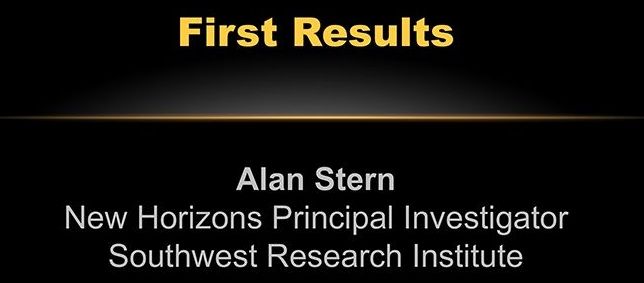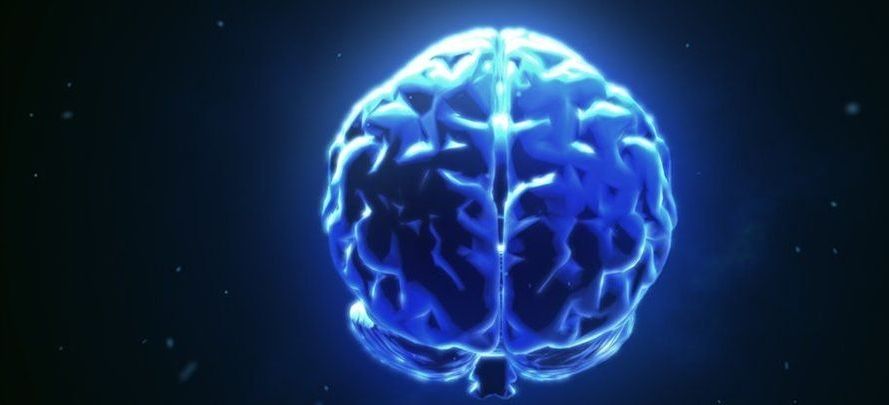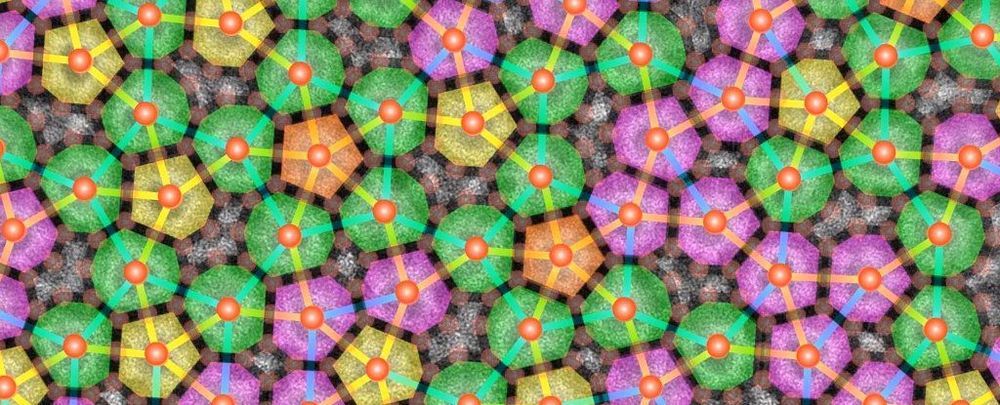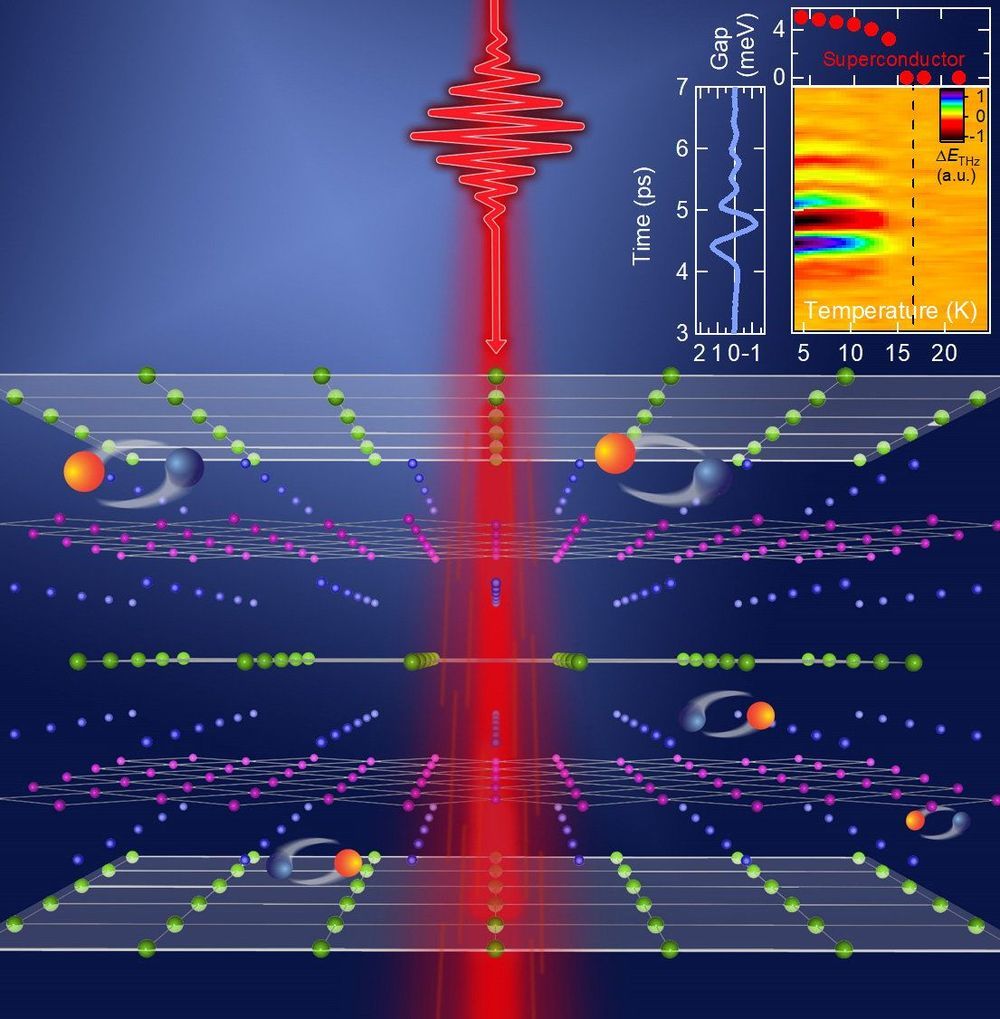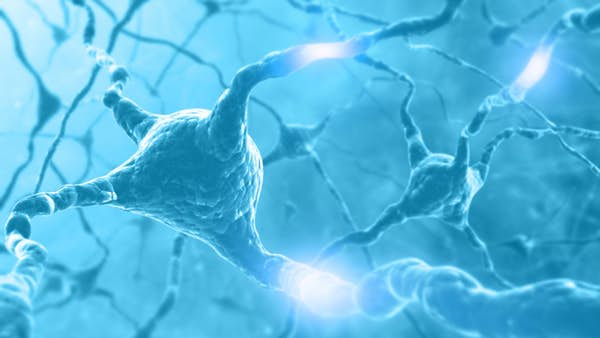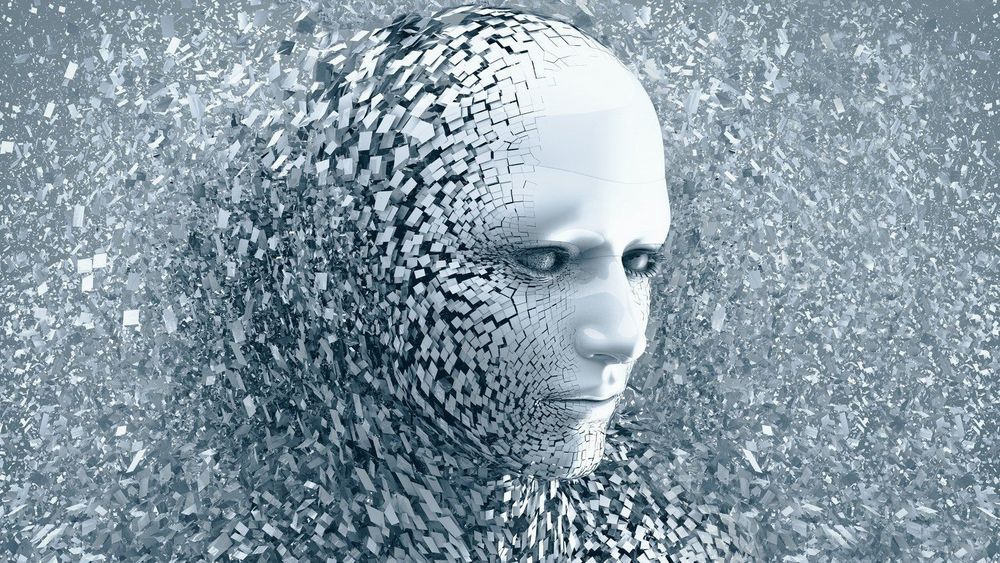It is a pristine specimen, preserved as it was formed. Other similarly shaped objects have been modified over time due to their closer proximity to the Sun. Learn more about this distant object explored by our New Horizons spacecraft: http://pluto.jhuapl.edu/News-Center/News-Article.php?page=20190102
Neuroscientists have successfully hooked up a three-way brain connection to allow three people to share their thoughts – and in this case, play a Tetris-style game.
The team thinks this wild experiment could be scaled up to connect whole networks of people, and yes, it’s as weird as it sounds.
It works through a combination of electroencephalograms (EEGs), for recording the electrical impulses that indicate brain activity, and transcranial magnetic stimulation (TMS), where neurons are stimulated using magnetic fields.
Dan Shechtman has the rare honour of possessing a Nobel Prize for ‘nonsense’.
It’s been nearly four decades since he set out to convince the chemist community of a discovery most considered impossible – a material called a quasicrystal. Now we have just observed a brand new variety of these once ‘impossible’ materials for the first time, one based on a single unit.
Chemists from Brown University have described the successful creation of a self-constructing lattice structure based on a strangely shaped quantum dot.
A team of experimentalists at the U.S. Department of Energy’s Ames Laboratory and theoreticians at University of Alabama Birmingham discovered a remarkably long-lived new state of matter in an iron pnictide superconductor, which reveals a laser-induced formation of collective behaviors that compete with superconductivity.
Researchers at the University of Michigan have found a molecule that may be a potential target in new treatments to slow aging (Credit: ktsdesign/Depositphotos)
Drive an hour north of Google’s headquarters up to Oyster Point, south San Francisco, and you will find the office of Calico Labs. The steel and glass building has none of the showmanship of its sister company, with its colourful, attention-grabbing Googleplex campus.
Its name is an acronym for “California Life Company” but its lifeless exterior makes it easy to imagine it being named after another Calico – an abandoned mining town further down the Pacific Coast. The company, a division of Google’s parent company Alphabet, is now five years old, but its operations remain highly secretive.
Frequently reported advances in artificial intelligence make some people curious, and others nervous. While some people picture their next smart appliance purchase being an AI robot, others wonder if an AI robot will take their job. The truth is, neither of those scenarios will be a reality anytime soon.
There’s a misunderstanding about artificial intelligence (AI), and it’s a big deal. True AI doesn’t exist yet, and it’s not a likely near future, either. Despite analysis of science fiction movies and scientific reports that claim otherwise.
People get excited when new breakthroughs in machine learning are publicized, like the CNBC interview with a robot named Sophia. Sophia’s ability to answer the interviewer’s questions and stay on point is jaw-dropping for many. The truth is, Sophia isn’t any closer to true AI than the last robot. She’s programmed to provide better responses, and her lifelike appearance makes her impressive, but even Sophia isn’t demonstrating true AI. She’s not autonomous, and can’t make her own decisions.
